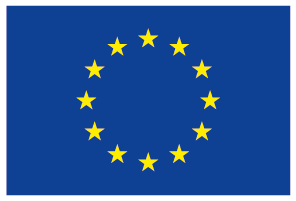Ontology Technology
Technology and Models for Ontologies and Semantics #
RDF #
The Resource Description Framework (RDF) is a family of World Wide Web Consortium (W3C) specifications originally designed as a metadata data model. It is now used as a general method for conceptual description or modeling of information implemented in web resources, using a variety of syntax notations and data serialization formats. It is also used in knowledge management applications. The RDF data model is similar to classical conceptual modeling approaches such as entity–relationship or class diagrams, as it is based upon the idea of making statements about web resources in the form of subject–predicate–object expressions. These expressions are known as triples in RDF terminology. The subject denotes the resource, and the predicate denotes traits or aspects of the resource and expresses a relationship between the subject and the object. (source)
RDFS #
RDF Schema (Resource Description Framework Schema, variously abbreviated as RDFS, RDF(S), RDF-S, or RDF/S) provides a data-modelling vocabulary for RDF data. It is actually a schematic extension of RDF. It provides mechanisms for describing groups of related resources and the relationships between these resources, thus enabling the specification of ontologies. Such resources are used to determine characteristics of other resources, such as the domains and ranges of properties. The RDF Schema class and property system is similar to the type systems of object-oriented programming languages such as Java. RDF Schema differs from many such systems in that instead of defining a class in terms of the properties its instances may have, RDF Schema describes properties in terms of the classes of resources to which they apply.(source)
OWL #
The Web Ontology Language (OWL) is a family of knowledge representation languages for authoring ontologies. Each ontology in the family is characterized by formal semantics and is constructed on top of RDF(S) (actually OWL is part of the W3C's Semantic Web Technology stack which also includes RDF, RDFS and SPARQL). OWL is a Semantic Web language designed to represent rich and complex knowledge about things, groups of things, and relations between things. It is richer and more expressible that RDFS. It is a computational logic-based language such that knowledge expressed in OWL can be exploited by computer programs, e.g., to verify the consistency of that knowledge or to make implicit knowledge explicit. OWL documents, known as ontologies, can be published in the World Wide Web and may refer to or be referred from other OWL ontologies. (source1, source2)
SPARQL #
SPARQL (pronounced "sparkle", a recursive acronym for Simple Protocol and RDF Query Language) is an RDF query language, i.e., a semantic query language able to retrieve and manipulate data stored according to the RDF format in RDF Databases or Triple Stores. SPARQL can be used to express queries across diverse data sources, whether the data is stored natively as RDF or viewed as RDF via middleware. SPARQL contains capabilities for querying required and optional graph patterns along with their conjunctions and disjunctions. SPARQL also supports aggregation, subqueries, negation, creating values by expressions, extensible value testing, and constraining queries by source RDF graph. The results of SPARQL queries can be result sets or RDF graphs. (source1, source2)


